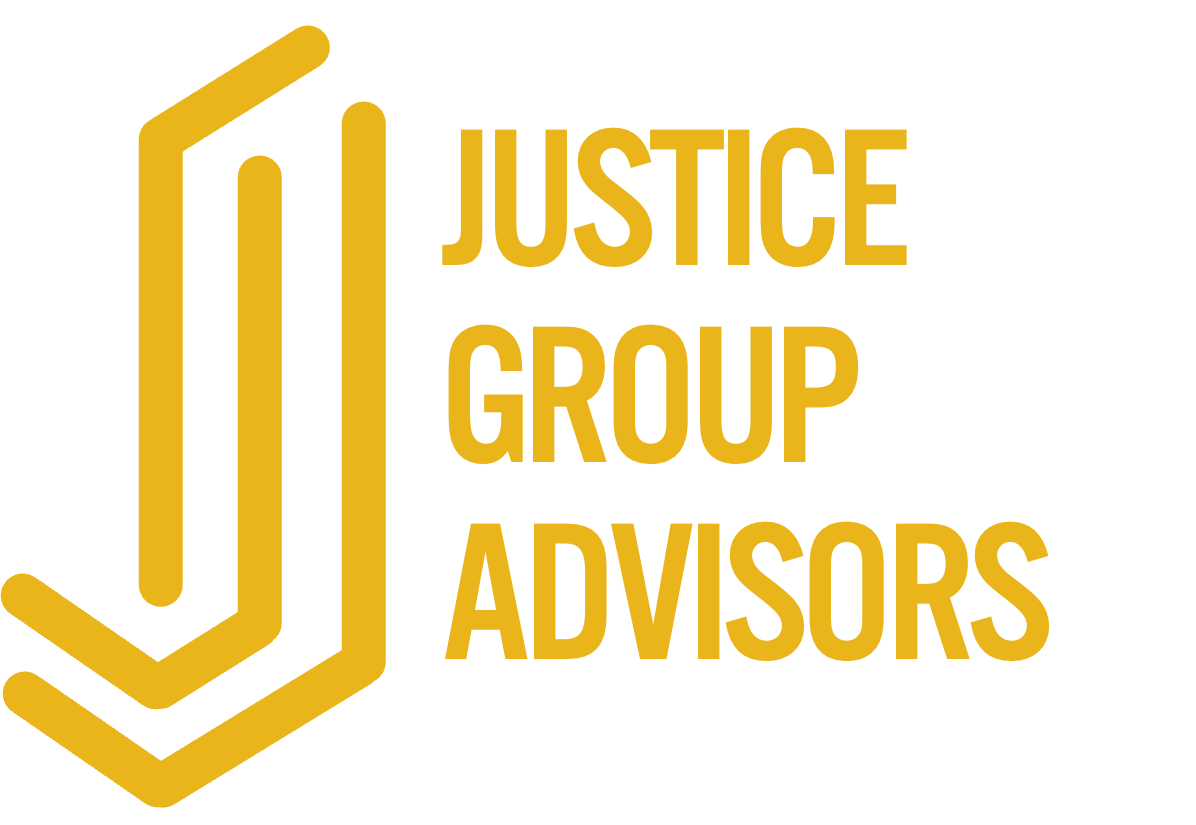Stop Waiting for Permission: Why Smart Leaders Advocate for Coaching Early
She didn’t see it coming.
She was a rising star — trusted, tireless, praised for her drive. But her team was quietly pulling back. The vibe had shifted. Decisions dragged. People disengaged. And the whispers started:
“She’s in the weeds.”
“She doesn’t trust us.”
“Why are we even here if she wants to do everything herself?”
By the time I got the call, things were already slipping. Her team was threatening to quit. She was burning the candle at both ends — and resenting every minute of it. Her reputation was taking a hit, and she knew it.
She didn’t need more hours in the day. She needed coaching — months earlier.
And she’s far from the only one.
The Slow Burn of Leadership Missteps
Another leader wasn’t the one who reached out — his CHRO did.
He was smart, committed, and deeply involved. At first, people were grateful. They leaned on his expertise, welcomed his guidance, and trusted his judgment.
But over time, that appreciation turned into quiet frustration. Every meeting ran through him. Every decision needed his sign-off. His peers started to feel sidelined. Progress slowed.
His reputation began to shift — from trusted expert to control-point bottleneck.
No one confronted him. They just started working around him.
By the time the CHRO called me, relationships were frayed, and the window for a smooth turnaround was closing.
Why Coaching Late Feels Like Triage
I’ve seen this pattern again and again — as a CPO, and now as a coach.
Coaching still works under pressure. But when it comes in late, everything’s harder:
The leader’s confidence is already shaken.
The team’s frustration has hardened.
Coaching becomes about cleanup — not growth.
The opportunity is still there. But the road back is steeper — for everyone involved.
What Proactive Leaders Do Differently
The best leaders don’t wait for HR to recommend coaching. They seek it out — early.
They use coaching to:
Sharpen their leadership during transitions
Scale trust and decision-making across teams
Catch unhelpful patterns before they set in
They don’t see coaching as a lifeline. They use it as a lever.
Want to know why even seasoned leaders turn to coaching? I share more about my own experience — and why I keep hiring coaches, even as a coach myself — in this post.
Before and After: What Coaching Changed
These aren’t hypotheticals. The two leaders I mentioned earlier? They both turned things around — with coaching.
Let’s start with the first one.
From Overfunctioning to Empowered Leadership
She was burning out — but couldn’t stop.
Rather than invest time in delegation, she took everything on herself. Nights. Weekends. Overflowing inbox. Her team, once eager, grew frustrated — wondering when they’d be trusted to lead.
Coaching helped her:
Now her team is thriving. Two have been promoted. And she’s showing up as the leader her organization truly needs. The stress is lower. The results? Better than ever.
From Bottleneck to Trusted Partner
The second leader — whose CHRO brought me in — thought he was being helpful. He showed up to everything, weighed in on every detail, made sure nothing slipped.
But what he didn’t see was how his overinvolvement was creating drag. His peers felt slowed down. His team felt micromanaged. Trust was eroding, and his reputation was shifting — from high performer to bottleneck.
Through coaching, he learned to:
Understand what it would take to let go
Prioritize where his voice truly mattered
Step back without losing influence
Now, he’s a trusted strategic partner — not a control point. His team has room to lead. His calendar has space. And his influence has never been stronger.
Want Coaching? Here’s How to Make the Case
HR teams are stretched thin. If you want support, make the “yes” easy.
1. Name the business need.
“Coaching will help me lead our product launch and reduce risk across teams.”
2. Show the ROI.
Hiring? Scaling? Under pressure? Coaching accelerates performance with fewer missteps.
3. Bring a plan.
Suggest a coach. Outline your goals. Define success. You’re not asking for help — you’re offering a solution.
Final Thought: Don’t Wait for Permission
The leaders who raise their hands early aren’t weaker — they’re wiser.
They lead better. They last longer. And they do it with less stress.
If the best time to plant a tree was 10 years ago, the second best is today.
Learn what executive coaching actually delivers—and when it works best.





You've gathered the data. Rehearsed the rationale. But fifteen minutes into the conversation, you're defending details that don't matter. Here's why difficult feedback conversations collapse—and the shift that changes everything.